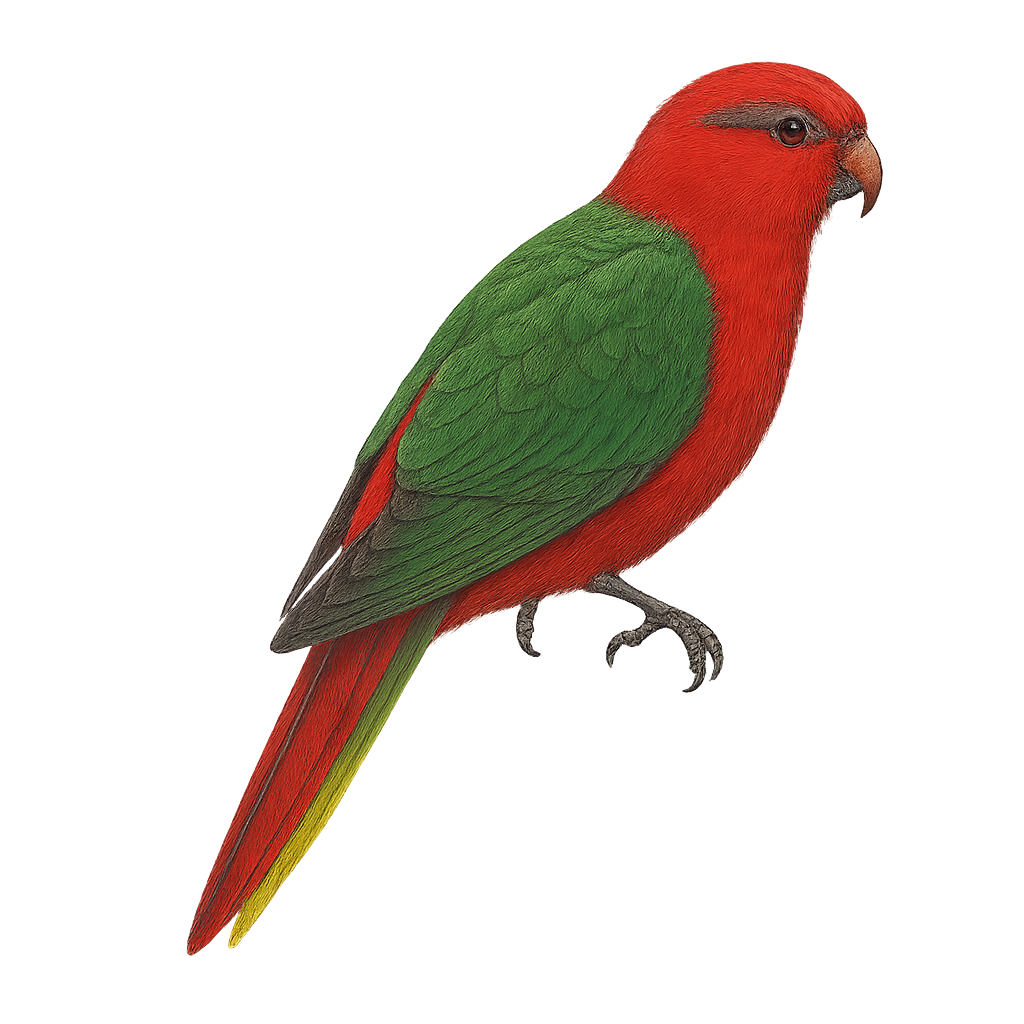Your wildlife photography guide.
Explore the josephine's lorikeet in detail, study its behavior, prepare your shots.
Where to observe and photograph the josephine's lorikeet in the wild
Learn where and when to spot the josephine's lorikeet in the wild, how to identify the species based on distinctive features, and what natural environments it inhabits. The WildlifePhotographer app offers tailored photography tips that reflect the josephine's lorikeet’s behavior, helping you capture better wildlife images. Explore the full species profile for key information including description, habitat, active periods, and approach techniques.
Josephine's Lorikeet
Scientific name: Charmosyna josefinae

IUCN Status: Least Concern
Family: PSITTACIDAE
Group: Birds
Sensitivity to human approach: Suspicious
Minimum approach distance: 10 m
Courtship display: October to November
Incubation: 21-23 jours
Hatchings: October to December
Habitat:
Tropical forests, wooded areas, mangroves
Activity period :
Primarily active during the day, with peak activity in the morning and late afternoon.
Identification and description:
The Josephine's Lorikeet, or Charmosyna josefinae, is a small, colorful parrot native to the tropical forests of New Guinea. It is distinguished by its vibrant plumage, primarily green with touches of red and blue. This lorikeet is particularly adapted to arboreal life, feeding mainly on nectar and pollen, but also on fruits and insects. Its curved beak is ideal for accessing flowers, and its social behavior often makes it visible in small groups. Although its habitat is threatened by deforestation, it remains relatively common in protected areas. Its ability to fly quickly and its distinctive call make it a fascinating bird to observe.
Recommended lens:
400 mm – adjust based on distance, desired framing (portrait or habitat), and approach conditions.
Photography tips:
To photograph the Josephine's Lorikeet, it is advisable to use a telephoto lens of at least 400mm to capture precise details of its colorful plumage while maintaining a safe distance of 10m. Look for areas where flowers are abundant, as these birds primarily feed on nectar. Be patient and discreet to avoid scaring them away, and use a fast shutter speed to freeze their rapid flight. The natural light of the morning or afternoon can help bring out the vivid colors of their plumage.
The WildlifePhotographer App is coming soon!
Be the first to explore the best nature spots, track rutting seasons, log your observations, and observe more wildlife.
Already 1 432 wildlife lovers subscribed worldwide

